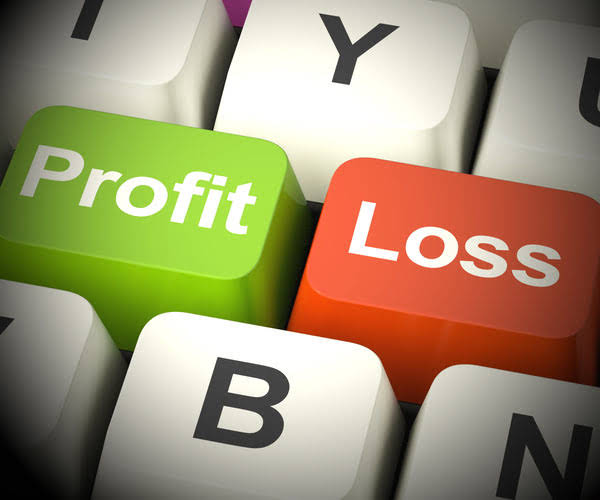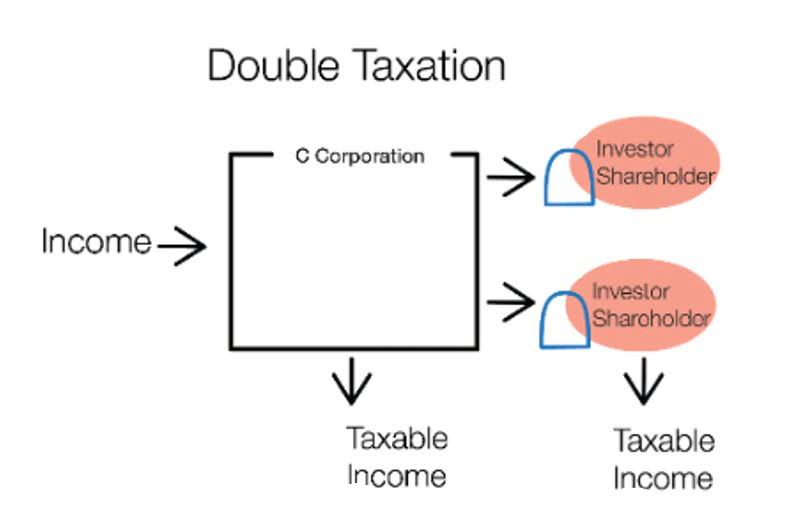Got $2,000? 4 Dividend Stocks to Buy and Hold Forever The Motley Fool Canada

Similarly, the company must also create a liability for the amount of the declared dividend. For example, if a company declares dividends of $10,000, the accounting treatment will be as follows. Dividends paid in cash are the most common and also preferred by shareholders.
Start your tax return
- The dividend discount model or the Gordon growth model can help investors choose individual stocks.
- Dividends can take various forms, each with distinct accounting treatments.
- First of all, the dividends payable balance created due to the declaration of dividends will be a part of the company’s Statement of Financial Position as a current liability.
- For example, companies may choose to retain earnings and reinvest them in the business to defer taxes, rather than distributing them as dividends.
The not-so-subtle secret to success for Realty Income is that it primarily leases to well-known, stand-alone businesses that draw customer traffic in any economic climate. Being well-diversified by client and geography Accounting Periods and Methods ensures that its funds from operations (FFO) remains highly predictable from one year to the next. What makes Realty Income so special is the company’s top-notch commercial real estate (CRE) portfolio. As of the end of September, it contained close to 15,500 CRE properties, roughly 90% of which are resilient to economic downturns. Views expressed are as of the date indicated, based on the information available at that time, and may change based on market or other conditions. Unless otherwise noted, the opinions provided are those of the speaker or author and not necessarily those of Fidelity Investments or its affiliates.
Cash Dividend vs. Stock Dividend
The cash and cash equivalent account is also reduced for the same amount through a credit entry of $500,000. The declaration of dividends typically occurs at the end of a financial period, while the payment might happen in the subsequent period. This timing difference must be carefully managed to ensure that financial statements accurately reflect the company’s obligations and cash flows. When a corporation declares a cash dividend, the amount declared will reduce the amount of the corporation’s retained earnings. Instead of debiting the Retained Earnings account at the time the dividend is declared, a corporation could instead debit a related account entitled Dividends (or Cash Dividends Declared).
- However, they may also be at a disadvantage as it also means they may earn lower or, sometimes, nothing when the profits of the company are declining.
- Those properties represent a unique solution for would-be landlords and tenants alike.
- The primary types of dividends include cash dividends, stock dividends, and property dividends.
- Stock dividends involve the distribution of additional shares to existing shareholders instead of cash.
- Dividends can be found in the shareholders’ equity section of a company’s balance sheet.
- Even so, it doesn’t leave you much else to do with your dividends unless you happen to own another company that issues them (so you can reinvest).
Business services

Dividends are paid to the company’s shareholders in proportion to the number of shares owned. The dividend growth can be assured because it is based on vital factors like return on equity, operating cash flow, and future performance. This transaction signifies money that is leaving your company, so we’ll dividend account credit or reduce your company’s cash account and debit your dividends payable account. Use the date of the actual payment for the total value of all dividends paid.
Dividend-Paying Companies
Brokers, banks, and other financial institutions prepare and send out 1099-DIV forms so investors know what income to report to the IRS. The IRS also receives a copy of each 1099-DIV to track a person’s taxable investment income. Since Retained Earnings is a component of stockholders’ equity, the declaration and payment of a dividend reduces the corporation’s assets and its stockholders’ equity. When the board of directors declares a dividend, it will result in a debit to Retained Earnings and a credit to a liability such as Dividends Payable. When the corporation pays the dividend, Dividends Payable will be debited and Cash will be credited.
Impact of Dividend Payments on Financials
- After they are paid they should be recorded in the financing section of the statement of cash flows as a use of cash for the period.
- However, some companies may also pay their shareholders in other forms such as stock.
- When dividends are paid, the impact on the balance sheet is a decrease in the company’s dividends payable and cash balance.
- Dividends are also crucial for potential investors and the market’s perception of a company.
- In fact, some of the most-promising high-yielding stocks are doling out their payments on a monthly basis.
- The total dividend liability is now 90,000, and the journal to record the declaration of dividend and the dividend payable would be as follows.
Investors in high tax brackets often prefer dividend-paying stocks if their jurisdiction allows zero or comparatively lower tax on dividends. For example, Greece and Slovakia have a lower tax on dividend income for shareholders, while dividend gains are tax exempt in Hong Kong. Not surprisingly, once a company begins paying dividends it finds it difficult to reduce or suspend the payments. This is seen as a sign of falling profits, not to mention a loss of income to shareholders. Common stock shareholders of dividend-paying companies are eligible to receive a distribution as long as they own the stock before the ex-dividend date. This is essentially a cutoff date for assigning the dividend payment when shares change hands.

Where Are Dividends Found on a Balance Sheet?
Besides his extensive derivative trading expertise, Adam is an expert in economics and behavioral finance. Adam received his master’s in economics from The New School for Social Research and his Ph.D. from the University of Wisconsin-Madison in sociology. He is a CFA charterholder as well as holding FINRA Series 7, 55 & 63 licenses. He currently researches and teaches economic sociology and the social studies of finance at the Hebrew University in Jerusalem.
Comprehensive Guide to Inventory Accounting

One of the most common Partnership Accounting questions received by accountants today is how to handle dividend payments, especially in a closely held corporation. As you know, dividends are the payments made by corporations to their shareholders out of company earnings, generally considered taxable income by the IRS. Assuming it pays dividends in the form of cash, the company must credit its cash account, while also eliminating the balance in the dividends payable account created before. For instance, when the company in the above example pays its shareholders dividends of $10,000, it must use the following accounting treatment to record the transaction.





